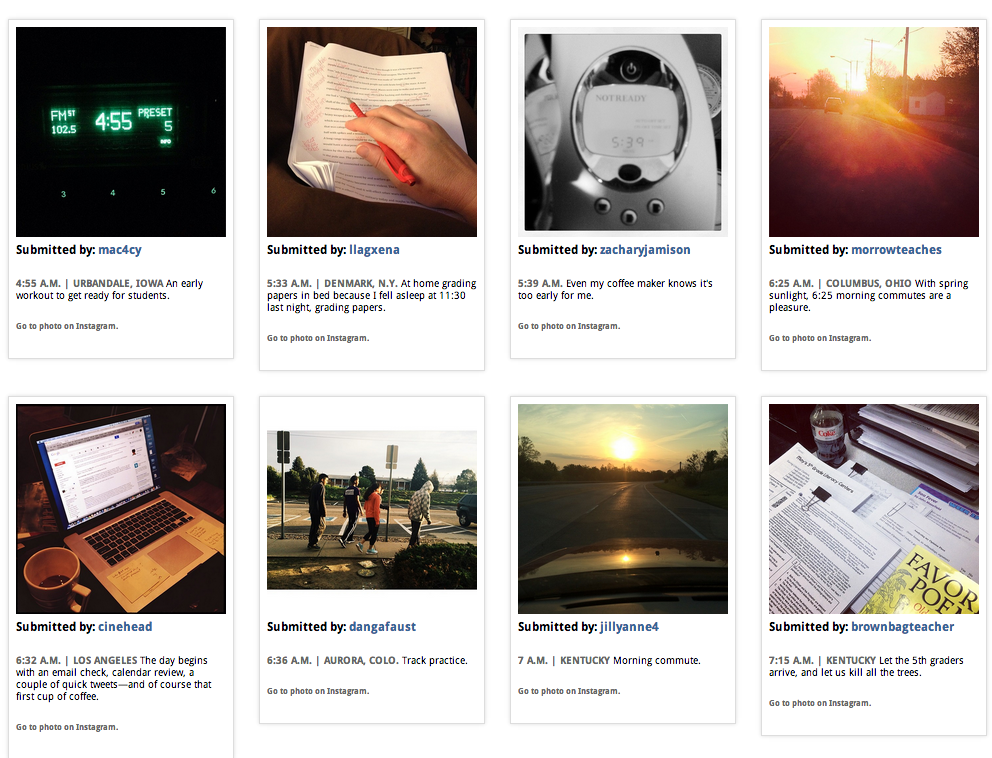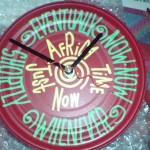As qualitative researchers there are different ways to think about how our research is indepth, seriously engaged with a research question and research participants. Two possibilities are immersing ourselves in a context (anthropological) or engaging with a context over a long time period (sociological) in order to deeply understand some social phenomenon.
Ethnography or ethnographic approaches are a methodology that draws us into a cultural context through participant observation over a sufficiently long enough period of time to formulate deep understandings of human experience. Living with, speaking with, and seeing from the inside out is the key to this indepth approach which is based on field work, participant observation, and interviewing. Other than the strategy of living within a cultural context, is the sociological strategy of longitudinal studies that continue engagement with research participants over a long period of time, sometimes referred to as a qualitative longitudinal study (QLS) which is based on indepth interviews with the same cohort of participants.
The same research question has been answered using both strategies. Two classic ethnographic studies that ask what happens to working class kids in schools are Paul Willis’ Learning to Labor and Jay MacLeod’s Ain’t No Makin’ It. Willis’ study looks at how British working class kids experience school so that class structures are perpetuated and MacLeod’s study looks at what happens to two groups of kids who differ by race but not class and their experiences of educational aspiration and schooling. MacLeod’s study is classic ethnography with a twist: twice after the initial research he went back to the Boston inner city neighbourhood to check in with his research participants and new editions of the book include appendices updating us about where the boys/men are at each point in time. MacLeod’s study might now be seen as a hybrid of the two approaches.
The Long Shadow is a good example of how understanding the same phenomenon, in this case framed as the transition of urban disadvantaged youth into adulthood, might be fostered by a long sustained relationship with research participants, i.e., knowing them for a longer time rather than intimately for a shorter time. What started out as a study to look at transitioning from home to grade one turned into a 25 yr longitudinal study of 800 low income inner city Baltimore kids.
These three studies are exemplars for researchers and implicitly offer lessons and advice on how to conduct indepth qualitative research in these two different ways.
 The QLS is useful for answering questions like:
The QLS is useful for answering questions like:
- what changes between T1 and T2 and Tn?
- when does change occur?
- are there epiphanies, tipping points, revelations?
- what is missing over time? what is consistent over time?
- what are the contextual factors related to change or stasis?
Click here for a short paper on the advantages/disadvantages, purposes and challenges of QLS and Johnny Saldaña’s Longitudinal Qualitative Research is another good resource.

 Follow
Follow










